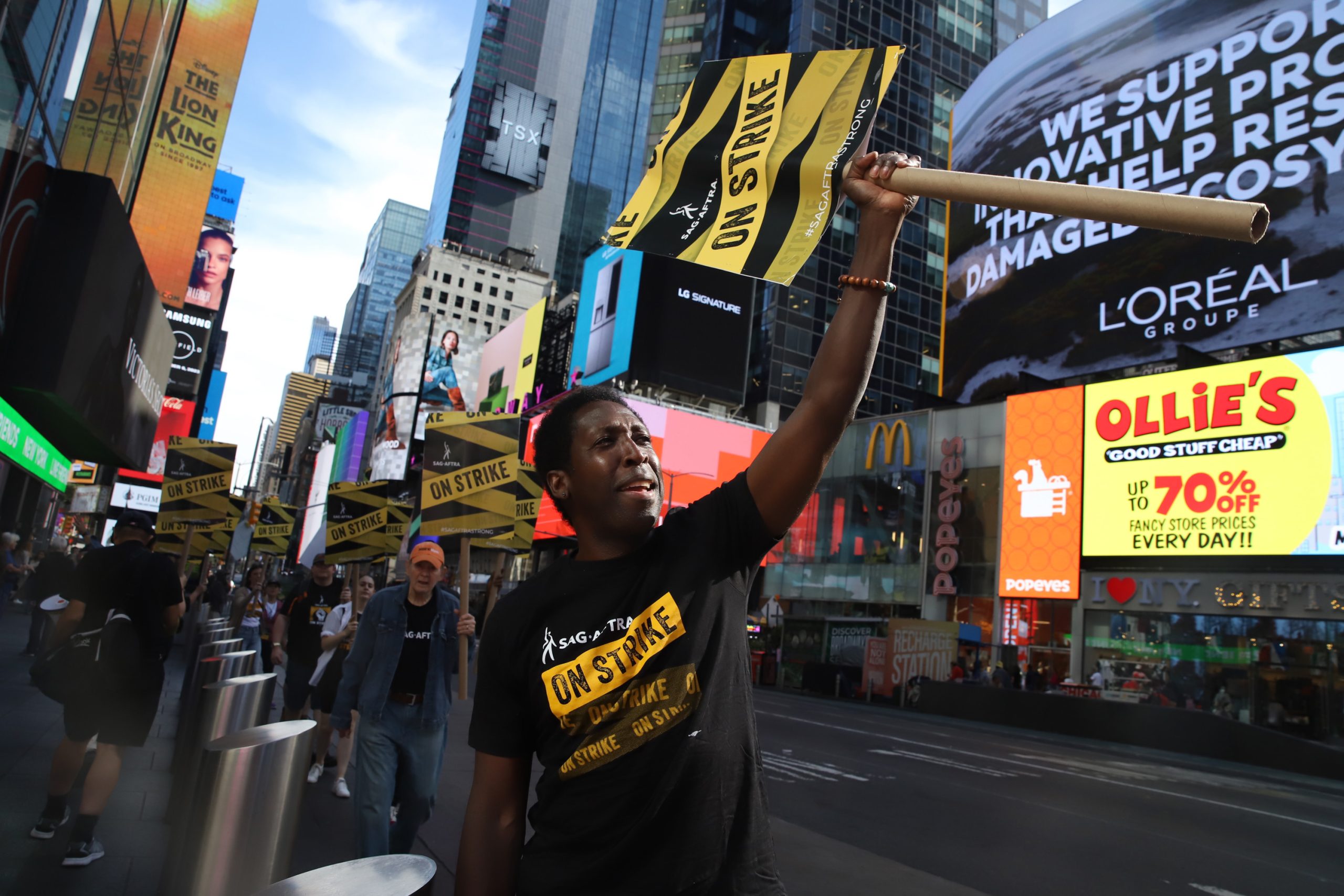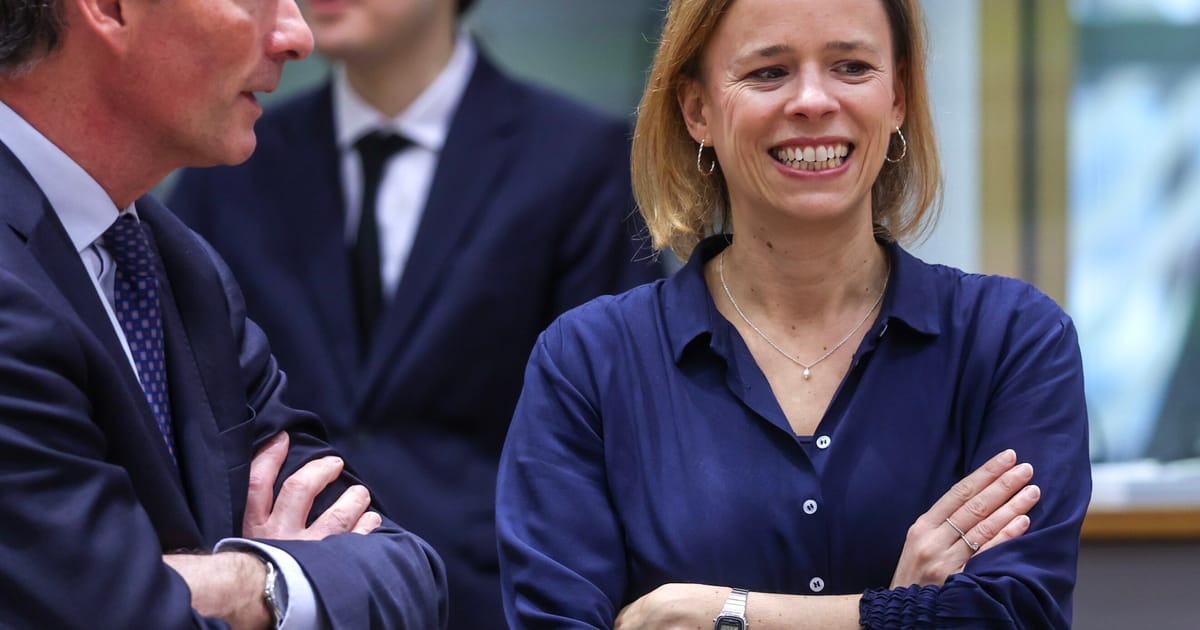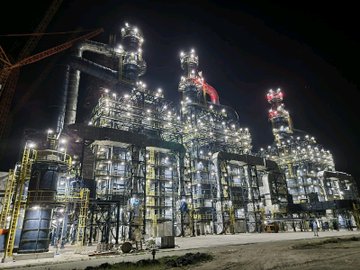President Joe Biden traveled to Illinois Thursday to celebrate the reopening of a Stellantis auto plant shut down in the strike by the United Auto Workers that disrupted that industry. Getting it back up and running took about two weeks after a deal was reached.
But it will be months until Mayor Eric Adams can head to one of New York’s film studios to herald the recovery of the city’s film and TV industry following strikes by writers and actors that shut down the industry for more than four months.
“It’s not like you turn on the light switch,” said Hal Rosenbluth, president of Kaufman Astoria Studios in Queens.“New productions have to set up the writers room, put together a management team and hire crew members before they are ready to turn on the lights and begin production.”
With the agreement Wednesday night between actors union and the studios that resolved issues over pay and the use of artificial intelligence, it is clear the strike has cost New York City at least a billion dollars. And the long-term future of movie and film production remains unclear because streaming companies, whose series account for most of the shows shot in the city, are under pressure to reduce their losses.
The strike was certainly costly to its workers, the studios and all the other businesses that depend on productions for work.
National statistics show about 45,000 jobs were lost because of the strikes, with about 14,000 of those in New York City. The number of permits issued by the city for filming on the streets in August, September and October plunged by 55% to 1,061. (Some work on independent projects and TV ads continued during the strike.)
While no specific numbers are available for New York, California Gov. Gavin Newsom put the cost to that state at $5 billion, which would put the New York losses at more than $1 billion based on the proportion of job losses.
Thousands of other jobs were lost in other businesses during the strikes.
Peter Anders sent home his 40 workers at Henry’s Catering when work dried up as first the writers walked out in May and then the actors struck in July, idling the 30 catering trucks he parks at his home base at the Steiner Studio complex at the Brooklyn Navy Yard. “Go to your country for a vacation, collect unemployment or just take a break,” he says he told them.
Since Anders was is self-employed, he can’t collect unemployment so he’s doing work around the house he used to hire people to do — cutting the grass, walking the dog and painting.
Some of the productions he was servicing had to stop in the middle of filming. and he hopes to get at least some of his trucks back out in the coming weeks.
“I am hoping a couple come back to finish up production,” he said. Since the industry traditionally shuts down between Thanksgiving and the New Year, that might not happen for another month.
Big Business
New York City’s film industry has grown into a crucial part of the economy in recent years.
The industry employed 101,000 people in the city last year, according to an analysis by James Parrott, an economist at the Center for New York City Affairs at The New School. About half of those were jobs directly in production.
But if businesses like transportation and catering businesses that provide services to studios and on-location shoots are included, employment related to the film and television industry includes about 180,000 people, representing 5% of the jobs in the city — about the same as Wall Street.
While pay in film and television is not in the stratosphere of the securities industry, where salaries average more than $400,000, it is still one of the highest-paying sectors in New York at $173,000 on average. That’s almost 50% higher than the average private sector job, according to Parrott’s analysis.
At some point next year, the sector could be back working at the record levels of 2019 as studios shift into overdrive to refill their content pipelines, said Doug Steiner, when episodic TV productions that use New York City studios and street locations reached 80 series compared with 29 in 2013.
Companies as large as Disney are being pressured by investors to reduce their billions of dollars in red ink that are dragging down their stock prices, which is likely to mean they will approve fewer shows. Meanwhile, the new contracts with the writers and actors will raise annual costs by more than $200 million a year.
Even before the strike, both Kaufman Astoria and Steiner had seen a slowdown this year. Steiner for example was at full capacity with seven productions in 2021 and 2022, but has only half that number this year.
Despite the uncertainties, the city is forging ahead with plans to allow the local studios to double their 2 million square feet of existing sound studio stages, located across some 60 facilities.
“We are thrilled to hear that SAG-AFTRA (the actors union) has reached a tentative agreement that would allow thousands of small businesses and 185,000 New Yorkers to get back to work,” Mayor Adams said in a statement Wednesday night. “Our administration is investing in this critical industry with major projects like the cutting-edge Sunset Pier 94 Studios in Manhattan that, alone, is set to create more than 1,700 jobs for New Yorkers.”
Other projects are underway as well. Steiner, for example, is about to break ground on a new facility at the Bush Terminal in Sunset Park with eight more stages costing $650 million.
Doug Steiner remains reasonably confident that the city’s widely respected base of talent and the lucrative state film tax credit make that a reasonable gamble, but he knows there are risks. “I didn’t want someone else to come in,” he said.
Meanwhile, business people like Joseph White can only keep their fingers crossed.
White had spent 20 years as producer including almost a decade with Spike Lee when he founded Car Stage in 2021, which shapes LED walls to the background of images to provide realistic settings.
“Basically, anytime you see actors in a car they are being shot on a stage with the technology,” he said.
The firm completed 65 jobs in the last two years before the threat of a strike cut sharply into its contracts. When the strike hit, it decided to take a hiatus and upgrade its systems.
“It’s been hard,” he said, “but the plan is to come back. It’s not a question of it but when.”




